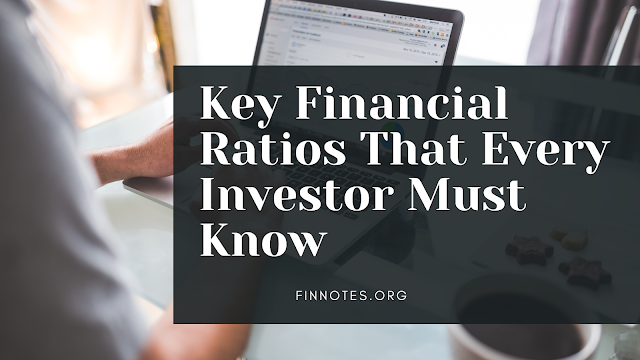Key Financial Ratios That Every Investor Must Know
Evaluating an organization is extremely tedious work. Making a decision about the efficiency and genuine worth of an organization is definitely not simple, it demands thoroughly reading the organization financial reports like balance sheet, benefit and loss explanations, cash flow, and so on
Since it is hard to go through all the data accessible on an organization's financial reports, the investors have discovered a few alternate ways as financial ratios. It is accessible to make the stock life straightforward. By these ratios, the stock investors may choose the right company or can compare to get the best investing opportunities.
(Know about motley fool stock picks here)
In this post, we will discuss Financial Ratio Analysis that all investors must know-
1. Earnings Per Share
(EPS)
EPS is the most significant ratio. It is imperative to Know Earnings per share before thinking about any other ratio since it is also used in other ratio calculations.
EPS is the net benefit that an organization has made in a given time frame divided by the total share of the organization. For the most part, EPS can be determined on an Annual or Quarterly premise. Favored shares are excluded while EPS calculation.
According to the point of view of investors, it is always best to invest in a firm that has high EPS. It depicts that a company is producing more noteworthy benefits. Always check the EPS of a company for a minimum of 5 years.
2. Price to Earnings
(PE) Ratio
The PE proportion is the most broadly utilized ratio among investors. A high PE proportion depicts the investor is paying high for shares.
It is simple to discover the share cost which is the that is closing stock prices. To do so, we have Forward EPS and trailing EPS that is an estimated earning per share according to the twelve months projection. You can also find trailing EPS as we have outcomes of the past 12 month’s performance.
3. Price to Book
(PBV) Ratio
PBV is determined by separating the current stock cost by the book value per share. At this place, Book value may be a net asset value of the firm and is determined as total assets -intangible assets and liabilities.
4. Debt to Equity
(DE) Ratio
The DE ratio estimates the connection between the capital amount that has been borrowed and the capital amount contributed by shareholders.
If DE increases, it becomes risky as it shows an organization is utilizing leverage and may have a weak equity position.
Purchase Margin of Safety book: that reveal Value Investing Strategies for the Thoughtful Investor
5. Return on Equity (ROE) – the income returned as a proportion of shareholders’ equity, which reveals how much profits a firm generates with the money invested by shareholders.
6. Price to Sales
Ratio (P/S)
Price to Sales Ratio estimates the cost of an organization's stock against its yearly sale. This is relatively trustworthy as other statements can be easily manipulated.
7. Current Ratio
The current ratio is one of the mandatory financial to evaluate a firm’s liquidity. It estimates the percentage of current assets accessible to cover current liabilities.
8. Dividend Yield
A dividend yield is determined as the organization's yearly money profit per share separated by the current cost of the stock and is expressed at a yearly rate.
This was an overview, for more information in detail, and get Real Investment Advice visit us now at our official website.



.jpg)
Comments
Post a Comment